Where do I put the fuse and how big should it be?
The fuse is used purely as an overload safety device to protect the battery and wiring etc. and is not intended to limit the normal current being consumed by the motor.
The fuse rating should therefore be slightly higher than the maximum current that is likely to be drawn by the motor during normal use, which is typically much lower than the current setting in the controller programming software.
I use a Turnigy Watt Meter to measure the current being drawn, and the highest current that my Smart Pie has ever drawn was only just over 35Amps, even though the software is set to 70Amps peak.
I therefore use a 40Amp inline blade fuse to protect my LiPo pack from short circuits:
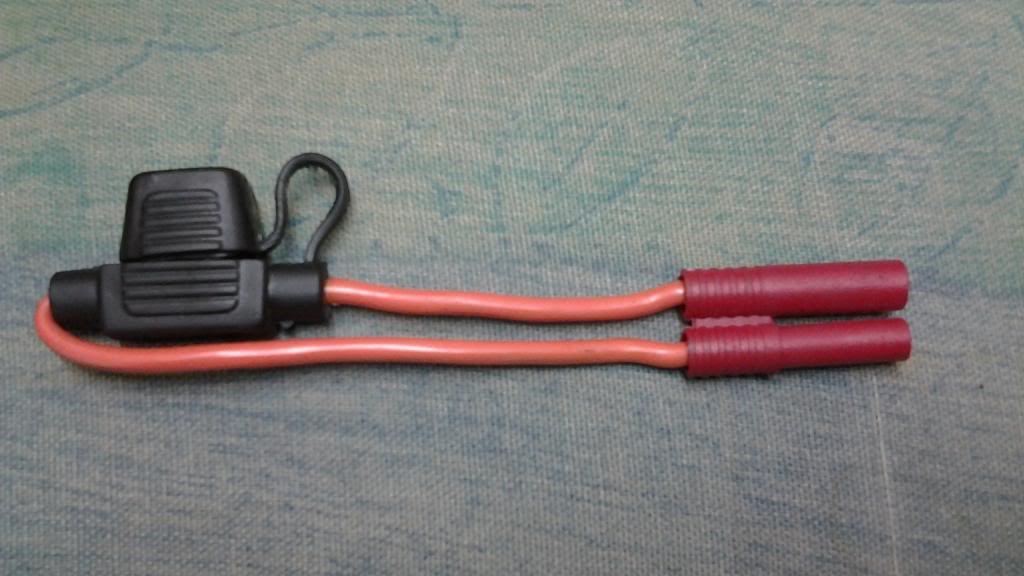
This safely handles the 35Amps maximum current without any chance of it accidentally blowing.
A fuse should only ever blow if there was a problem with the wiring, controller or motor which caused the current to exceed the rating of the fuse.
However, I did however manage to blow a 40Amp fuse when I inadvertently put the Smart Pie pack onto my bike with the tweaked Magic Pie and attempted to draw up to 50Amps from it.

As Elmer has already mentioned, fuses are usually fitted on the positive side of the battery, but it will work just as well on the negative side of the battery, or even between cells or multiple batteries as Les mentioned:
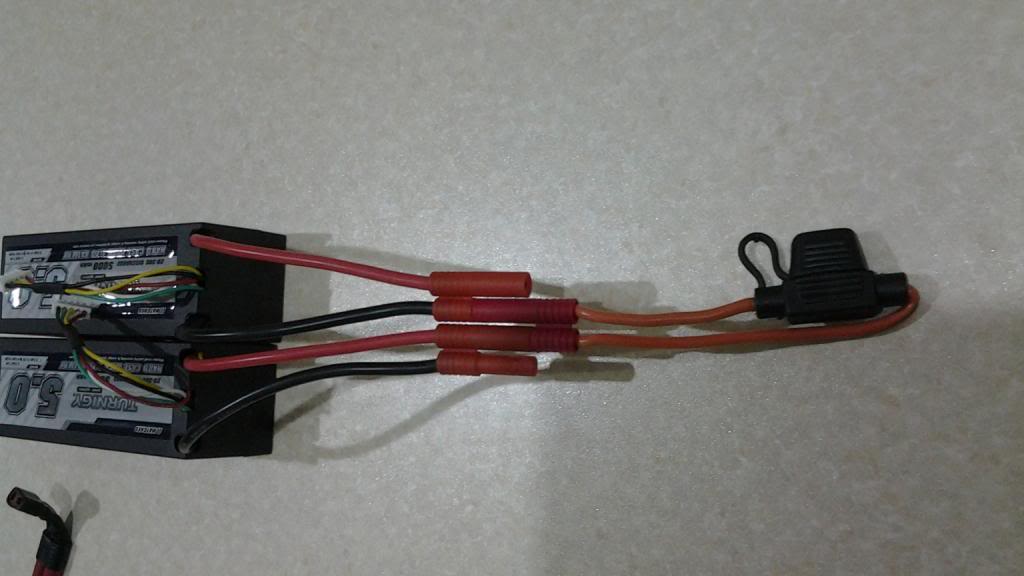
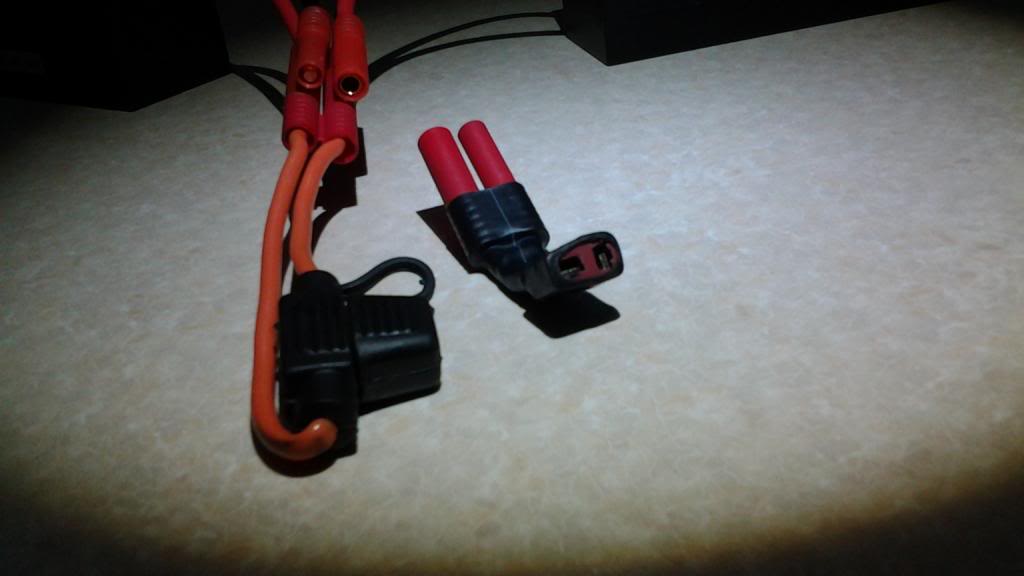
I actually have my fuse on the negative output lead of my pack, simply because I didn't want to change the connections on my battery balance lead adapter when I swapped the power output location from one side of the pack to the other:
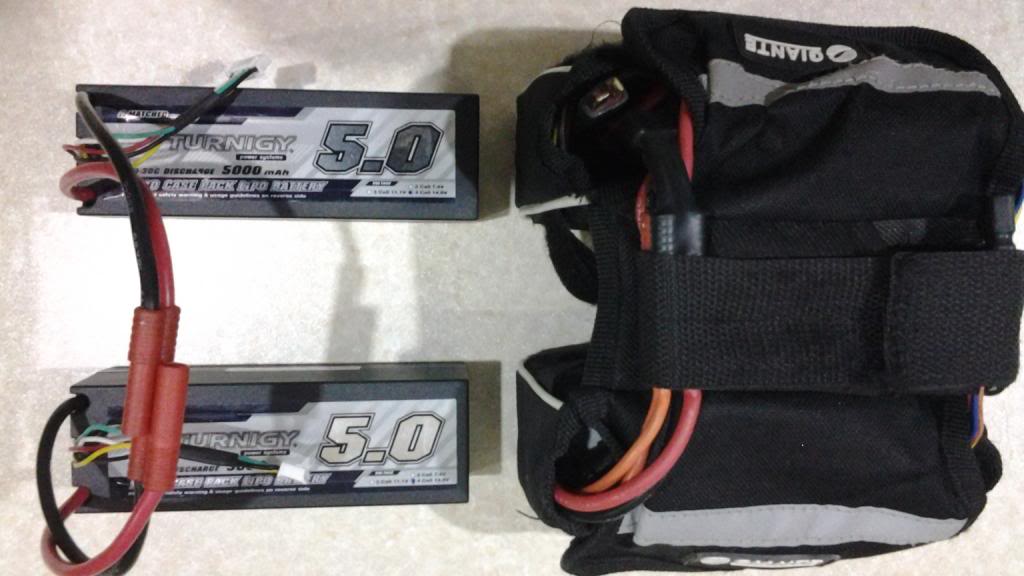
Are you ok, nasty burns.
My fingers were fully healed within a week or two, but unfortunately my Turnigy Watt Meter is scarred for life from the resultant blob of molten copper:
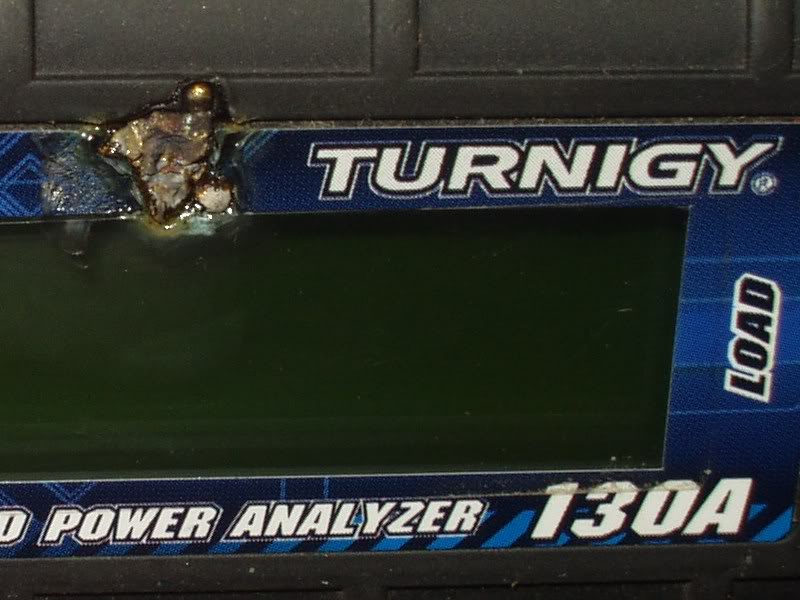 Alan
Alan